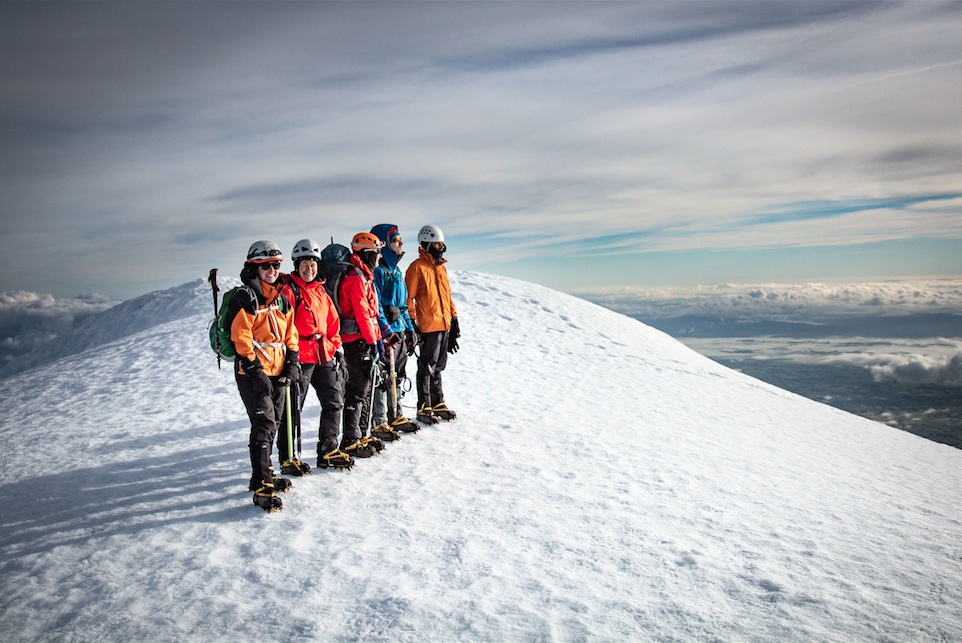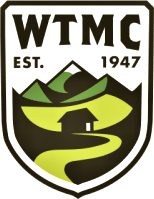Tagged: Ruapehu, Taranaki, Tikanga Maori, Tongariro
- This topic has 0 replies, 1 voice, and was last updated 3 years ago by Tony Gazley.
-
AuthorPosts
-
-
Tony GazleyKeymaster
If you had left the WTMC lodge on another beautiful Ruapehu day and climbed to near the summit of a nearby peak would you be thinking that maybe you won’t go quite to the very highest point but instead stop just below the actual top? And if you were thinking that then why? And what about peaks in other places in New Zealand, maybe our highest peak Aoraki?
Hopefully, you were thinking you would definitely stop short, and that the reason is that you are fully aware that most of the peaks in the Tongariro National Park, and many in other areas, are sacred to Māori, you understand Tikanga Māori as it relates to New Zealands mountains, and even if you don’t want to believe ancient myths then you are at least sympathetic to the idea that other’s views ought to be respected.
We know that many WTMC club members and others using our lodge already have a good understanding of Tikanga Māori (Māori culture and customs) as they relate to New Zealand’s mountains and are happy to be respectful to iwi cultural heritage and who would choose to stop short of an actual peak to avoid standing on the head of a sacred Māori ancestor. But a few, either through blissful ignorance or willful disregard of generally accepted protocol, would happily take the final few steps to the actual summit.

A group of club members on a private trip pose for a rather formal looking photo just below the summit of Taranaki, November 2018. Note that the footsteps in the snow to the peak are not ours! Try here for the trip report.So now we just need to get everyone using he lodge to have some level of understanding of Tikanga Māori or else our club will be well behind the ball when compared to the current ethos of related organisations such as the Federated Mountain Clubs (FMC), the New Zealand Mountain Guides Association (NZMGA), DOC, and that of the most notable individual professional guides such as Jane Morris who has said, ‘there can be a “balance” between recognising the significance to Māori of mountains like Aoraki, as well as taking into account other cultural heritage, particularly Pākehā mountaineering history. I think both can co-exist with understanding and respect.’
The internationally respected Alpine Recreation guide the late Gottlieb Braun-Elwert got to know several guides of Ngāi Tahu descent and slowly shifted his entire approach to how he climbed in the mountains, due to his growing understanding of Tikanga Māori.
So that’s all very well but what is it all really about?
In the Māori world mountains rise towards the realms of Ranginui (the Sky Father) that are places remote from human settlement and have great awe and spiritual presence. Almost every prominant peak in New Zealand is linked to a local iwi identity, with special significance given to the North Island peaks of Ruapehu, Tongariro, Taranaki, and Hikurangi, and the South Island peak of Aoraki. The Māori proverb, ‘If I should bow my head let it be to a high mountain’, sums this up.
For much of human history the mountains were regarded as ‘eternal’, but Māori tradition can be regarded as ahead of the time—they believed the mountains were not already here but fished up from the botom of the sea. This is not too far from the current western scientific explaination whereby land is being continually uplifted by the tectonic forces of moving crustal plates.
Māori are additionally bound to the mountains by them being named after their ancestors, such as Aoraki, the most notable ancestor from whom all Ngāi Tahu are descended and who provides the iwi with its sense of communal identity. And as such the mountains are afforded the same respect and reverence as living relatives and tribal elders. Given that to Māori the most sacred part of the body is the head as it is the pathway to knowledge which carries tribes into the future, then to stand on the summit of a sacred mountain is to stand on the most sacred part of an ancestor.
There have been many historical examples of transgressions of Māori wishes that some summits be held sacred, or where Māori have been disconnected from their natural environment and effectively become ‘conservation refugees’. It got off to a bad start in the North Island central volcanic area when John C Bidwell, an arrogant and disagreeable British trader, made the first ascent of Ngāuruhoe in March 1839 against the express wishes of Te Huehue the Tuwharetoa chief. Then after his climb Bidwell proclaimed to an angry Te Huehue that he was greater than the mountain god because he alone had stood on the summit. It continued thereafter until more recently when the Lord of the Rings filming concession at Tongariro was made between the Aotearoa/New Zealand Government and the film company, with no consultation with Ngāti Tūwharetoa the local iwi.
But on a more positive note, in 2017 DOC at Tongariro National Park issued an advisory that attempted to discourage visitors from climbing peaks in the park because they were regarded as sacred to the local iwi. Additionally, the sheer number climbing Ngāuruhoe by the standard route was creating a highly visible and unattractive scar in the scoria. This advice has had the desired effect and reduced the number of ascents, especially when tour operators agreed to stop offering side-trips to summits as part of packaged walks.
So, should WTMC trips, and any others from the lodge, climb peaks in the Tongariro National Park at all given both Tikanga Māori and environmental degradation? And if we do should we stop short of the summit or not?
The final answer is that it all depends.
As a rough guide we would expect club parties to definitely stop short of the summits of Taranaki, Ruapehu, and Tongariro as they are revered Māori warrior gods, and because there is really nothing to be gained by standing directly on the top of their heads. But there are many other peaks, also including other sites such as pa, battle sites, and burial grounds, that have different levels of importance to different iwi, so the message really is to be aware of the underlying issues relating to Tikanga Māori and to treat each peak or sacred area as a separate case, seek out the local cultural perspective and behave according to your personal understanding as appropriate.
We would welcome your feedback. In the meantime, happy very nearly summiting.
PS. There is an alternative argument that takes the view that most environmental damage caused by mountain users is so minor compared to natural degradation that it can be ignored, especially when considering volcanoes Try here for an example from the Tararuas and here for Taranaki.
-
-
AuthorPosts
